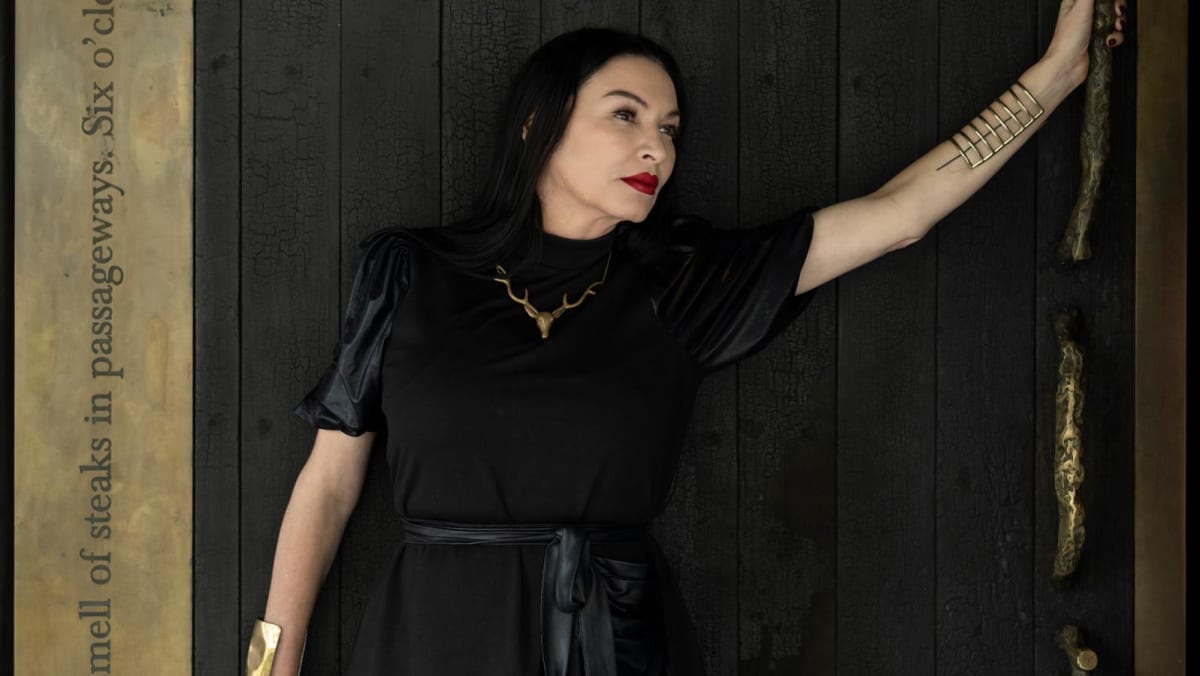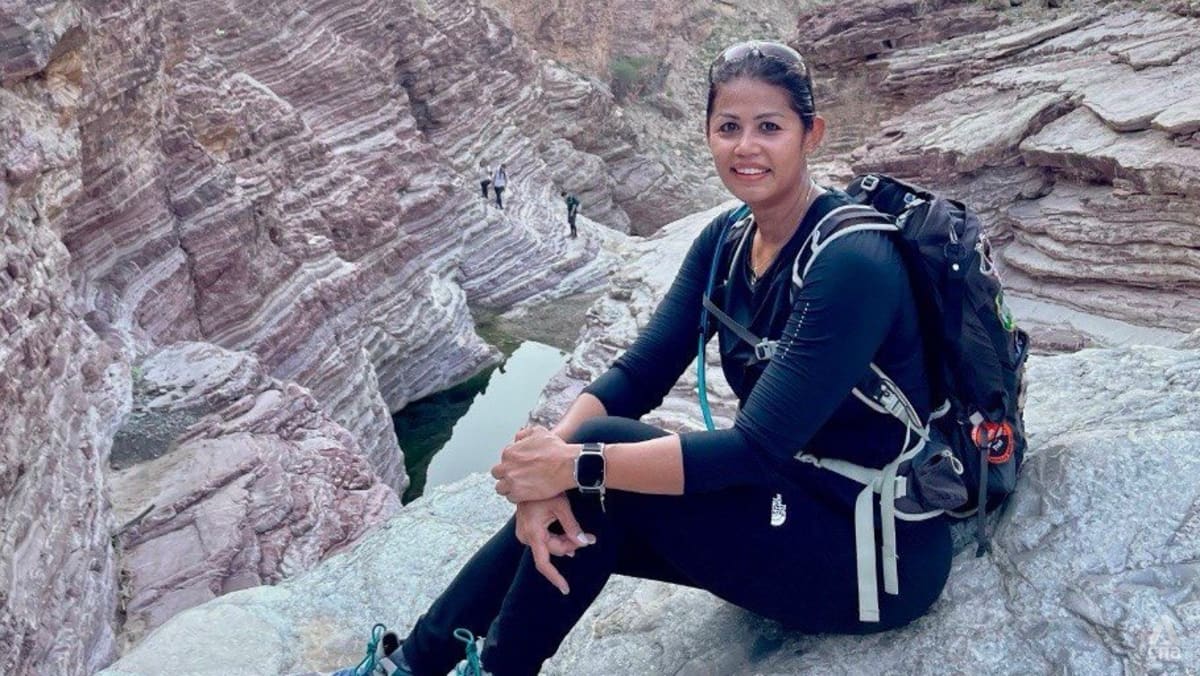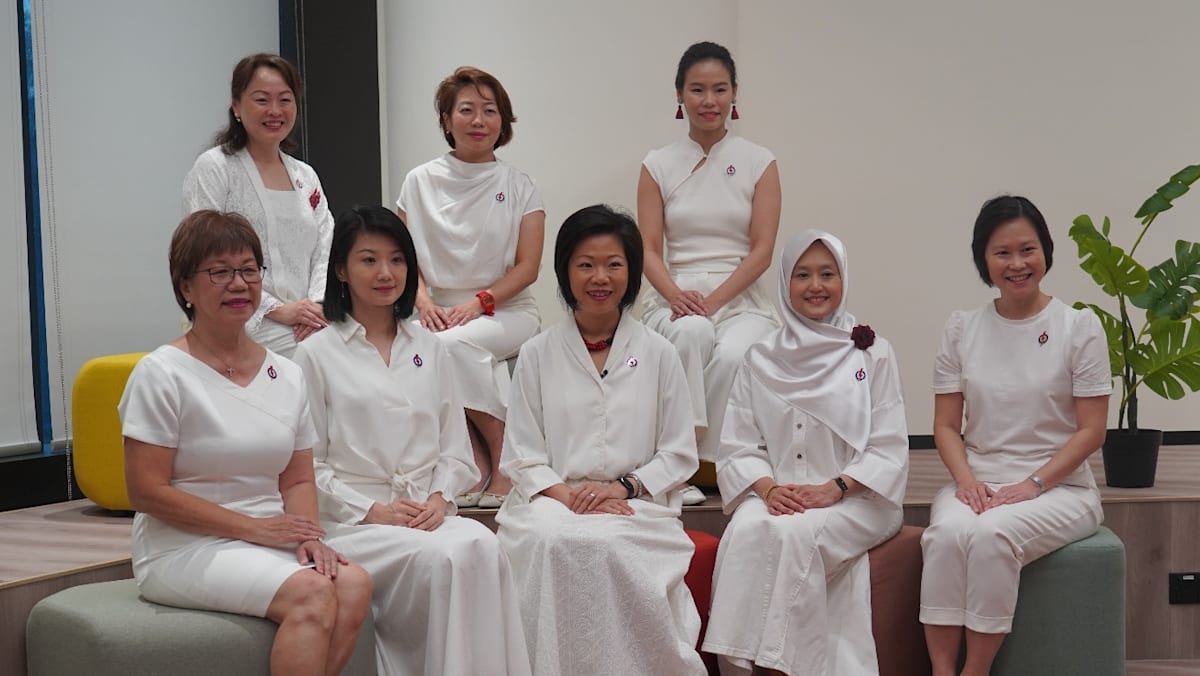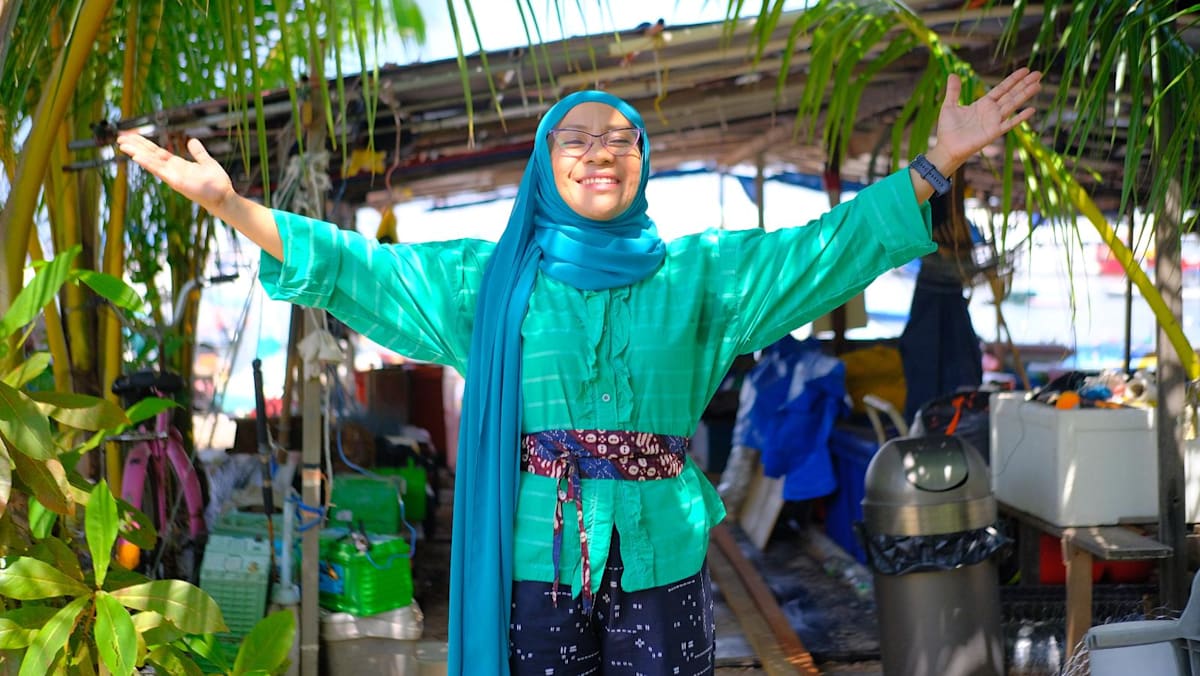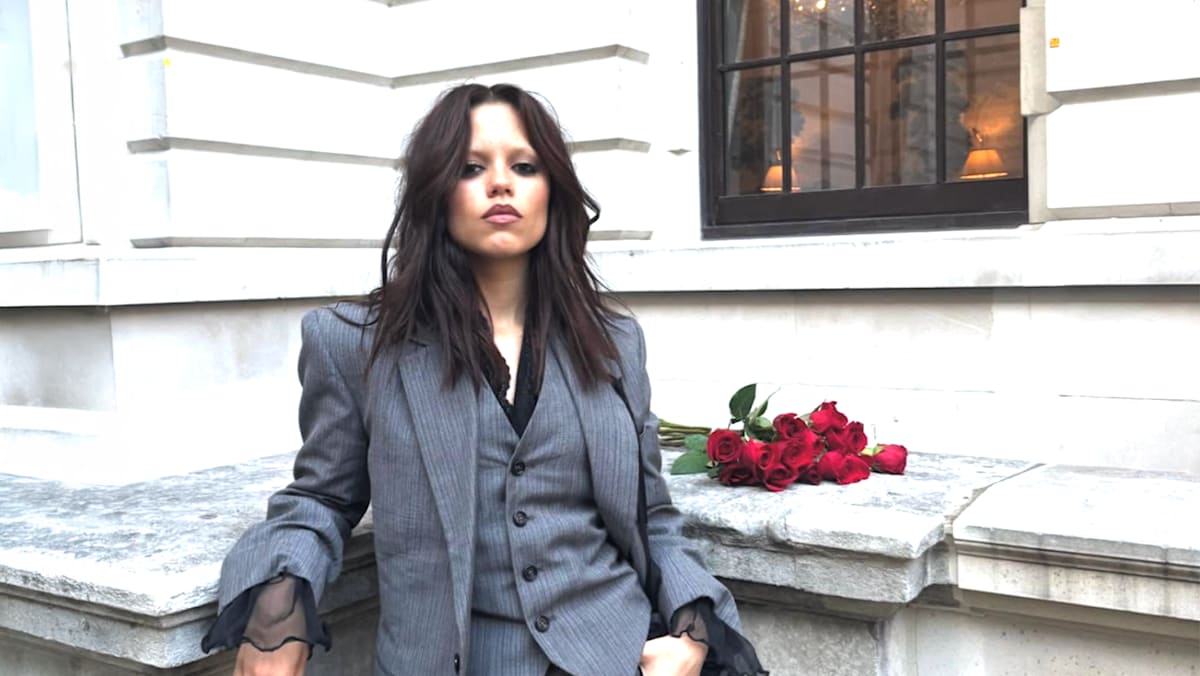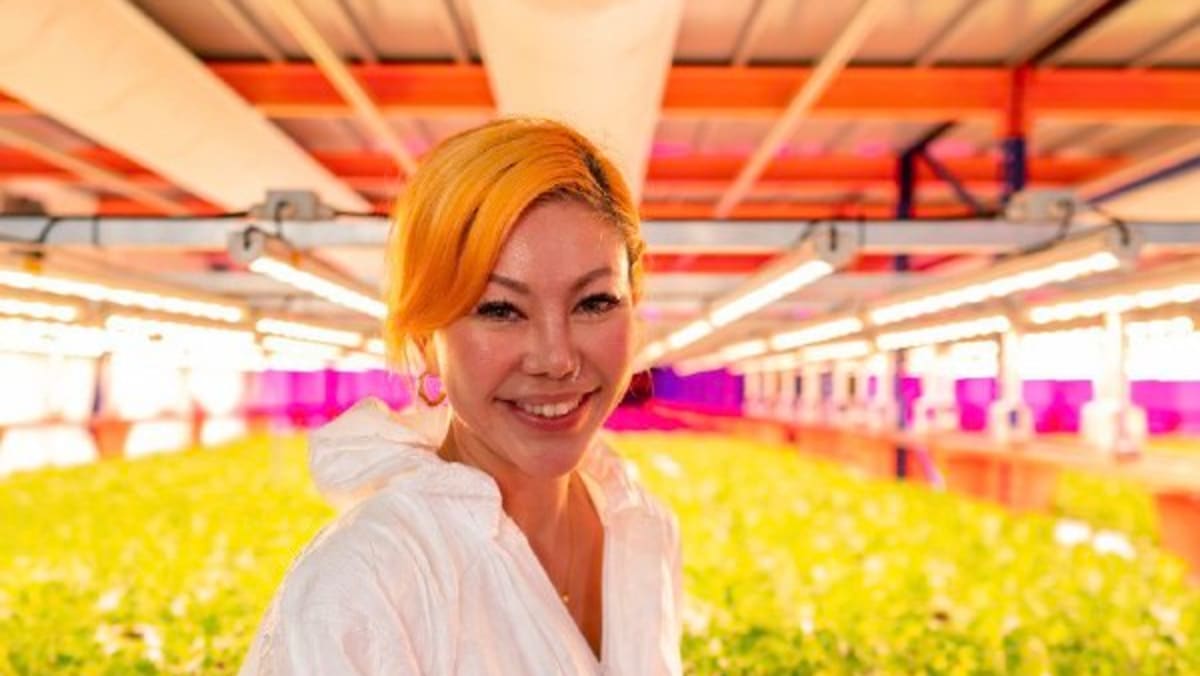After the pandemic, she continued her travels to seek inspiration. “In Georgia, I visited a 1,500-year-old mountain church built entirely from local stone. There were no ornaments, just mass and stone. It made me think differently about spatial pressure and restraint.” In a Slovenian forest, she thought of how the painter Casper David Friedrich used landscape “to explore the human condition and hold emotion in place; the trees, stone and light – all of that stayed with me.”
In any project, the materials are paramount. “I keep coming back to oiled oak, brushed pewter, slate and thick felt, not so much for how they look but for how they behave; how they influence one’s posture, pace and presence,” explained Maxwell. The experimental and ever-curious designer is now working on a textile blend of stinging nettle fibre and silk, hand-woven in Nepal. “Dyed in layers of mineral pigment, it holds a strange duality. It is dry and raw to the touch, but reflects light like glass,” she described.
Currently, Maxwell is working on two vastly different projects. “One is with a hotel, reworking a legacy property. The other is with a chef, whose precision completely changed how I see space, light, rhythm, movement and response,” she said. Precedents for these and other projects come from spaces around the world that elevate her spirit, are exacting and honest in their intent, and are “not always about perfection but presence.”
One example is La Buvette in Paris. “It is a tiny, low-lit, chef-filled space, with natural wine, raw textures and soft edges. I always end up staying longer than I plan to,” Maxwell shared. Others include Haawm in Bangkok – “six seats, no signage, intimate and focus; you feel as if you’ve walked into a chef’s home” – and Ratana in Milan, which is a former train depot “reworked with integrity; you taste the city in the food, and feel it in the room.”





